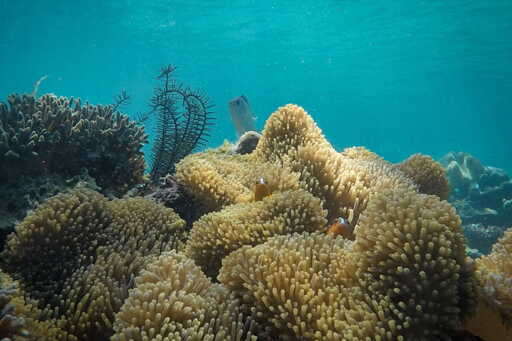Long before humans built computers, nature built a better one. Razan Al Mubarak sees biodiversity as the planet’s original information network. In a commentary published on Mongabay, Al Mubarak, president of the International Union for Conservation of Nature, offers a framing that has stayed with me. She argues that biodiversity is not simply a collection of species but a vast, self-sustaining archive of information written in DNA—the planet’s most sophisticated data system, one that has been storing solutions to survival for millions of years. Every organism, she notes, encodes evolutionary knowledge refined through trial and error across deep time. Seen through that lens, extinction is not just the disappearance of beauty or ecological function; it is the deletion of irreplaceable data from Earth’s biological memory. Every lost species erases knowledge that evolution spent eons compiling—a loss more profound than we yet grasp. To understand extinction as a form of data loss is to recognize that humanity’s security depends on maintaining the integrity of this planetary information network. In nature’s vast ledger, each species records a chapter of life’s experiment. In her commentary, Al Mubarak cites examples from her native United Arab Emirates: the Arabian oryx, once extinct in the wild, carries genetic instructions for surviving extreme desert heat; the ghaf tree has mastered the art of locating water in parched soil; and coral polyps store architectural blueprints for building reefs that can withstand turbulence and acidification. Each of these organisms holds a line of code in the operating system of…This article was originally published on Mongabay
From Conservation news via this RSS feed


